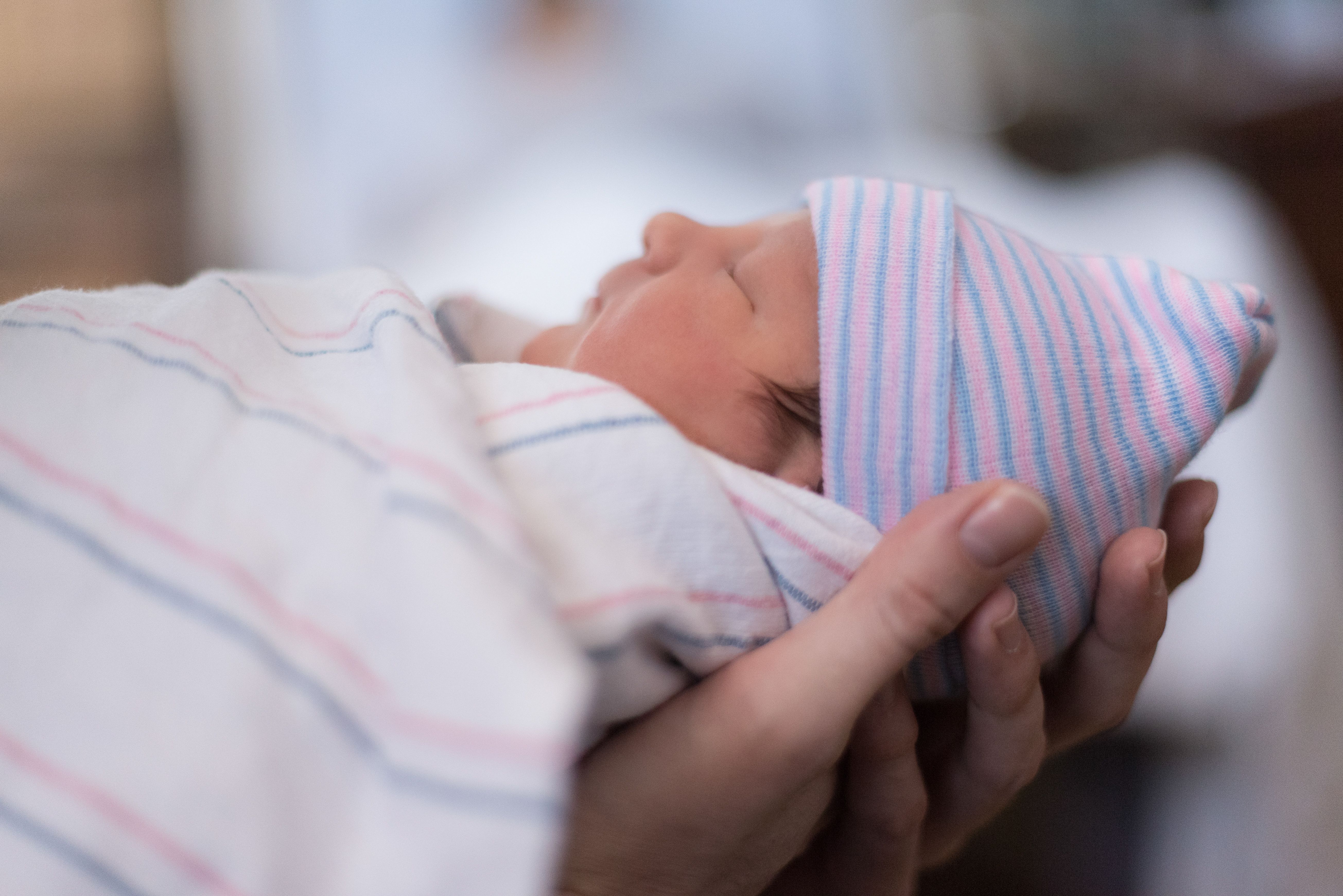Should a lumbar puncture be performed to determine the end of therapy for Gram-negative neonatal meningitis?
At IDWeek 2023, a discussion of the best end of therapy for Gram-negative neonatal meningitis.
A newborn baby boy © By Gary-stock.adobe.com

At a session titled, “Lumbar punctures are not necessary to determine the end of therapy in nenonatal Gram-negative meningitis,” Pablo Sanchez, MD, professor of neonatology and infectious diseases at Nationwide Children’s Hospital, Columbus, Ohio, and Karen M. Puopolo, MD, professor of pediatrics at Children’s Hospital of Philadelphia, Pennsylvania, debated the necessity of performing a lumbar puncture (LP) to determine the end of therapy for neonatal Gram-negative meningitis.
Gram negative neonatal meningitis is a devastating disease associated with high mortality (~10%) and morbidity, with up to 35% of survivors with resultant neurodevelopmental impairment.
Current authorities (AAP Red Book and IDSA Guidelines) recommend that for all cases of culture-confirmed Gram-negative neonatal meningitis:
- a repeat LP should be performed 24 to 72 hours after initiating antibiotic therapy, and
- antibiotics should be continued for 2 weeks from cerebrospinal fluid (CSF) culture sterility or 3 weeks, whichever is longer
Sanchez’ mentor was George McCracken, MD, often recognized as the “father of neonatal meningitis,” whose research and publications from the 1970s and 1980s formed the basis of the current understanding of the epidemiology, natural course, and management of neonatal meningitis. McCracken’s teachings included managing neonatal meningitis with serial lumbar punctures, including a lumbar puncture at the end of therapy to ensure CSF sterility and provide assurance that it is safe to discontinue antibiotics. Sanchez highlighted a case series of recurrences of neonatal meningitis, and stated that the common theme of these recurrences was that they did not have a LP performed at the end of therapy.
Puopolo argued, however, that if a repeat LP performed 24 to 48 hours following therapy initiation (as is recommended by the AAP Red Book) documents CSF sterility, then there would be no need for a follow up LP at the conclusion of therapy.
Instead, as both Puopolo and Sanchez agree, brain imaging, preferably magnetic resonance imaging if available, should be performed in all neonates with Gram-negative meningitis. If intracranial extension of infection is detected, these infants would have to be managed more aggressively, with longer courses of antibiotics, and possibly with neurosurgical drainage if indicated.
In the early studies on neonatal meningitis by McCracken and colleagues, neuroimaging was not uniformly performed. It is possible, and likely, that the infants who were noted to continue to have CSF culture-positivity following 3 weeks of antibiotic therapy had intracranial extension of infection. If intracranial extension of infection is definitively excluded with adequate neuroimaging, a LP at the conclusion of therapy is unlikely to provide any additional benefit.
At the conclusion of the pro/con debate, 81% of the audience polled agreed with Puopolo that a LP at the conclusion of therapy is not necessary for all infants with neonatal Gram-negative meningitis.
Reference
Sanchez P, Puopolo KM. Lumbar punctures are not necessary to determine the end of therapy in nenonatal Gram-negative meningitis. IDWeek 2023. October 11, 2023. Boston, Massachusetts.